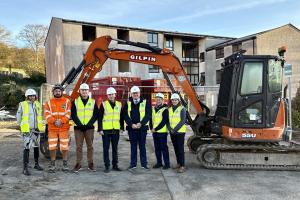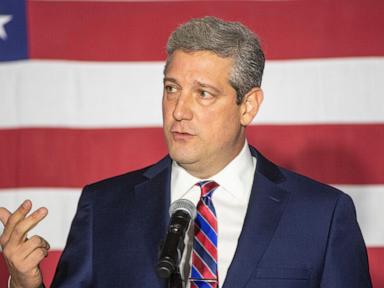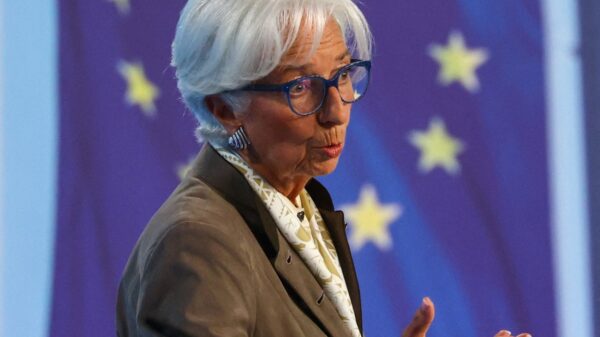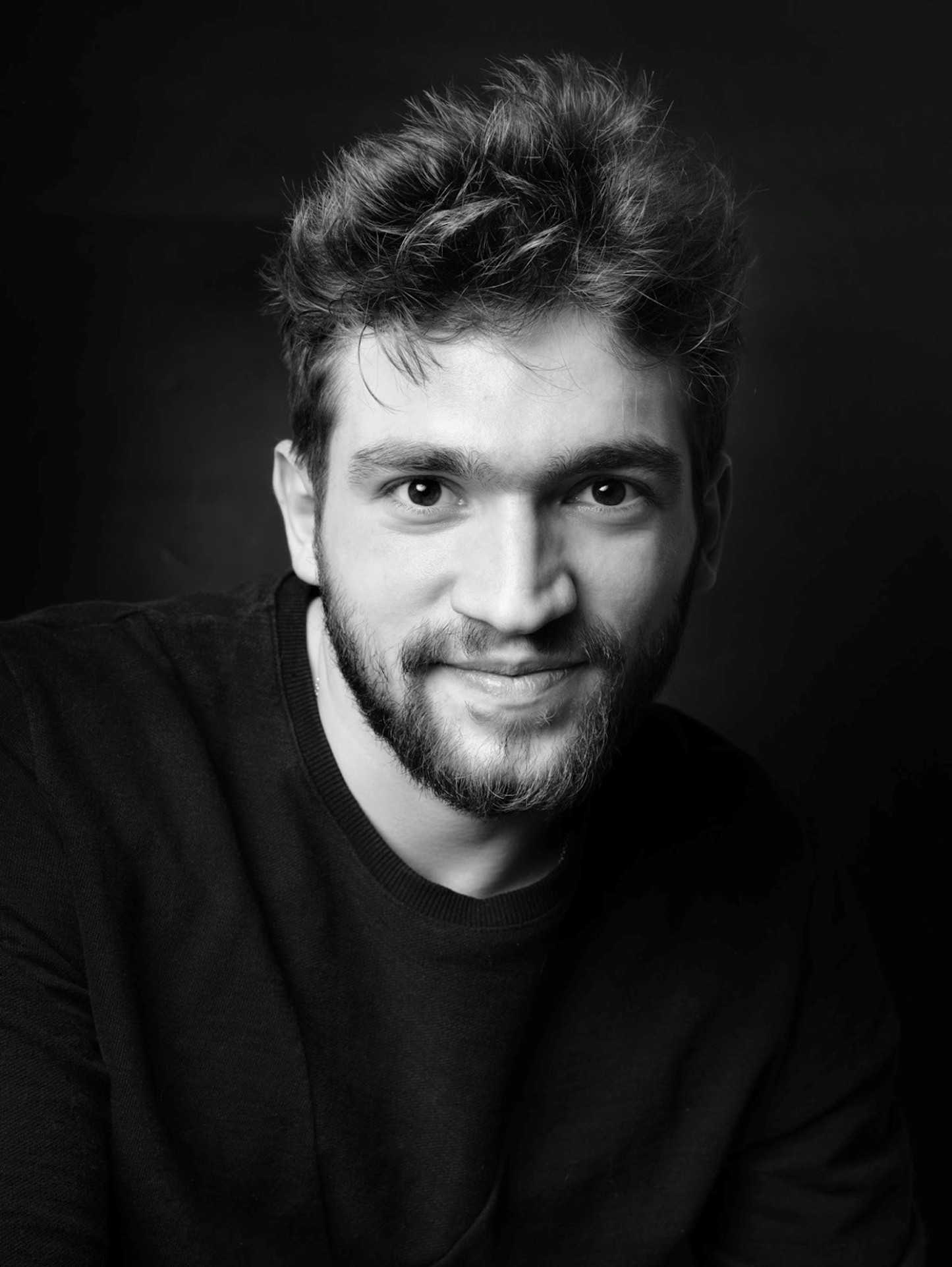Georgy Karpenko, a prominent architect and computational designer, is reshaping the architectural landscape by blending art, technology, and client needs. His work spans iconic projects globally, including collaborations with major corporations like Google and Bloomberg. In a recent discussion, Karpenko addressed the evolving role of artificial intelligence (AI) in architecture, emphasizing the importance of balancing technological advancements with aesthetic integrity.
In his experience, architects often harbor concerns about the implications of AI on architectural design. “The primary fear is not AI itself but its potential impact on aesthetics,” Karpenko explained. Many professionals worry that algorithmic methods will lead to a homogenization of styles, particularly reminiscent of the fluid forms associated with Zaha Hadid. “This misconception has dominated discussions surrounding new tools, but AI can actually enhance design without limiting stylistic diversity,” he added.
Karpenko noted that the fear of mastering new technologies is another common challenge. “Many believe programming skills are essential, but that’s no longer the case. Numerous tools now integrate seamlessly into existing workflows without requiring coding expertise,” he stated. With AI’s rise, architects can leverage platforms like ChatGPT to assist with design tasks, facilitating a more inclusive approach to technology in the field.
Cross-Cultural Influences in Architectural Design
Drawing from his extensive portfolio, Karpenko highlighted how his work in diverse countries, including the USA, Russia, India, and Saudi Arabia, has shaped his perspective. He observed that the Russian architectural tradition closely aligns with European influences, emphasizing detail and simplicity. In contrast, American architecture often prioritizes conceptual innovation and individualism. “The contrast is striking; while European designs focus on execution, American structures convey bold messages that can sometimes verge on kitsch,” he remarked.
Moreover, Karpenko noted the unique challenges posed by designing for tech giants versus traditional companies. “Google’s startup mentality fosters an environment ripe for experimentation, whereas firms like Bloomberg tend to adopt a more conservative stance,” he explained. This dynamic has led to innovative solutions tailored specifically for tech environments, where flexibility and creativity are paramount.
In his role as lead designer for the Thompson Center in Chicago, Karpenko faced the intricate task of modernizing the historic structure while preserving its legacy. “The challenge was to transform the building’s image, moving away from its governmental associations,” he said. The design aimed to create a vibrant hub that accommodates diverse user experiences.
Innovative Approaches and Computational Design
Karpenko’s use of computational design played a pivotal role in realizing the ambitious vision for Google’s headquarters. “For instance, we employed parametric design to create a ceiling that mirrors the contours of Lake Michigan,” he noted. This approach not only facilitated aesthetic coherence but also streamlined the design process, enabling rapid adjustments and evaluations.
Additionally, he developed an algorithm for dynamic facade cost analysis, which drastically reduced design time from several days to mere minutes. “This automation allowed us to present multiple facade options swiftly, enabling better decision-making for our clients,” he explained.
Karpenko’s innovative mindset extends to engaging with clients in unique ways. For a music label’s new headquarters in New York, he envisioned a lobby that could double as a venue for performances and interactions, integrating digital environments to enhance user experience. “We created a space that not only looks appealing but also serves multiple functions, resonating with the label’s identity,” he said.
His project portfolio also includes the Qatar Pavilion, a venture that deepened his understanding of tensile structures and their computational modeling. “This experience reinforced my belief that computational design can yield aesthetically compelling results without compromising structural integrity,” he stated.
As an educator at SoftKultura, Karpenko emphasizes the importance of understanding tools as extensions of creativity. “The tool does not define the outcome; rather, it is how you utilize it that matters,” he advises aspiring architects.
Karpenko is optimistic about the future of architecture, particularly in light of advancements in AI. “I see AI as a catalyst for returning to fundamental design principles, allowing us to visualize and create in ways we couldn’t have imagined before,” he said. His vision is one where AI enhances the architectural process, expediting the transformation of ideas into tangible structures.
The integration of technology in architecture is not merely a trend; it represents a significant shift in how spaces are conceived and realized. As professionals like Georgy Karpenko continue to explore these possibilities, the architectural landscape is poised for remarkable evolution in the years to come.



































































